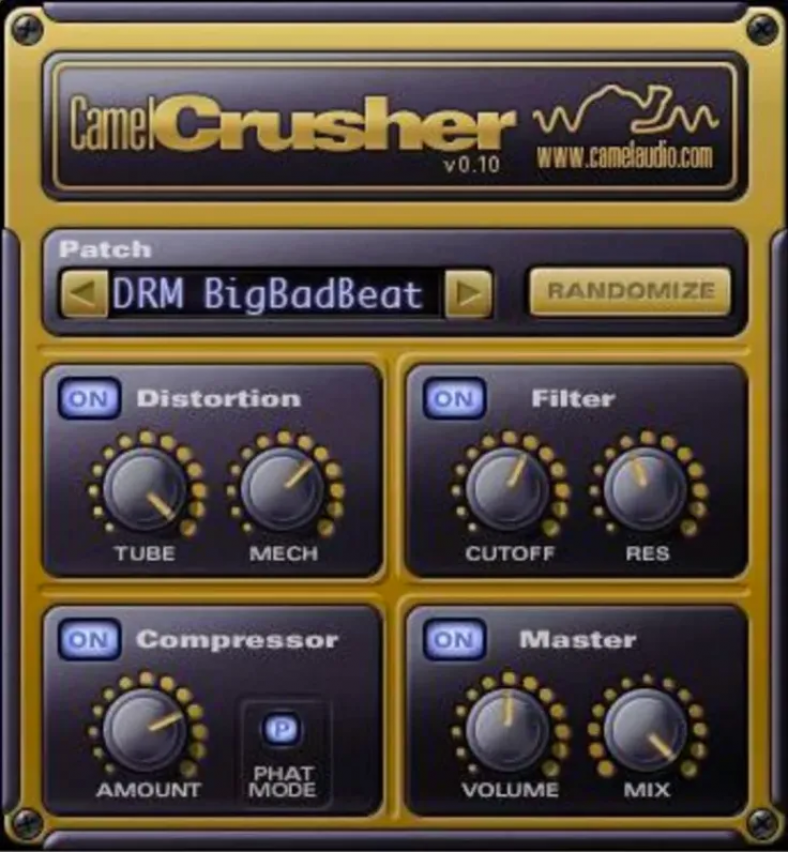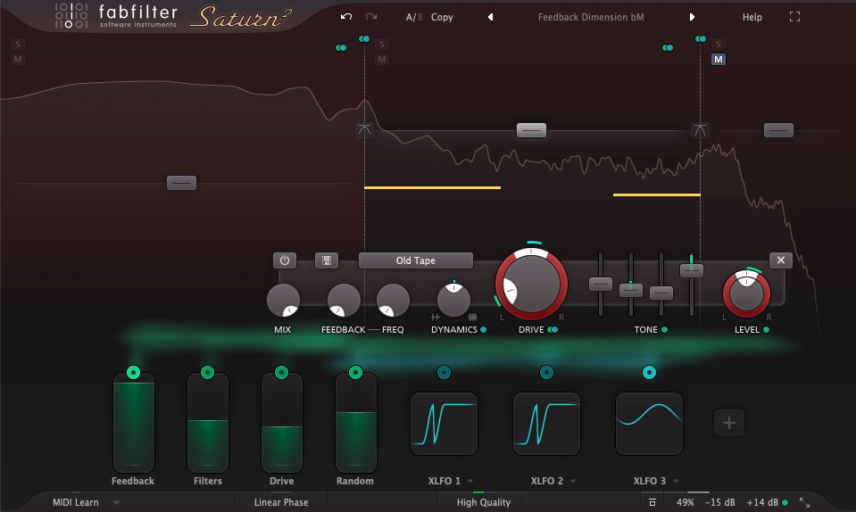


The FX section is particularly fun, with some unusual, creative effects. There are many to choose from, from subtle to harsh, and include tube, tape, amp, saturation, transformer, and FX sections. It’s clear that this is going to make it into regular rotation on our mixes. These are uniformly excellent and also extremely useable. There are no deeper controls than this, which is a shame, but it’s nice to have some dynamics control nonetheless.Ībove the Dynamics dial is a dropdown menu for distortion types. Turn it to the left for gating and expansion effects. Turn the dial to the right for compression. It’s an interesting choice for a distortion plugin and is useful when the modulators come into play. This is paired with Freq for dialling in the frequency of ringing caused by the feedback. Next is Feedback, an interesting effect that feeds the signal into itself. Heading to the far left of the control panel, we have the mix amount for adjusting the ratio of clean to affected signal. With this knob, you can control the amount of drive as well as panning, which opens up a number of creative possibilities. Arguably the most important control in the plugin, it’s suitably oversized.

As with most of FabFilter’s plugins, this is where you do the work. At the bottom of the screen are the band controls.

When you first load the plugin, you’re greeted by the default, single-band setup. Now eight years on, FabFilter have finally updated Saturn to version 2.ĭoes Saturn 2 offer enough new features to compete with the many strong distortion plugins on the market? Let’s get in deep and find out. This was because one, it sounded great, and two, it was multiband, meaning that rather than apply the effect globally, you could laser-target frequencies and apply colour just where you needed it. Originally released in 2012, FabFilter’s distortion plugin Saturn soon became the go-to effect for adding saturation and harmonics to a signal. It can also replicate analogue tone-perfect for when you want a vintage vibe but don’t want to bother with the headache of hardware. It can bring warmth in the form of saturation to in-the-box mixes. When used correctly, distortion can add a spark of excitement and energy to a lifeless sound. There’s a lot more to distortion, however, than obliteration (as cool as that is). When you think about distortion as an effect, maybe the first thing that comes to mind is a stompbox or an overdriven 303. Does Saturn still run rings around the competition?
FABFILTER SATURN VS TRASH 2 UPDATE
I agree with most here, if i were to pick one, FabFilter SATURN.Plugin maestros FabFilter are back with Saturn 2, an update to their excellent distortion plugin. UAD ATR 102 is one of the sweetest tape saturator imho, amazing on busses.ītw, you will have better results by using many subtle stages with different colors and processes vs extreme values with one plugin. Satin is doing some miracles with the low mids, it brings some warmness, I know it's on Tchad Blake mix bus. As I mentioned in another post True Iron got great feedbacks you should give it a try, but it's the one knob preamp approach, with 2 colors. Kush Omega 458A does the job sometimes (beef the sound), but has no control except parallel volume. The Culture Vulture (it's UAD) got a nice color as well. Saturn is less beefy but can do subtle job.
FABFILTER SATURN VS TRASH 2 DRIVER
Trash2 is very efficient to resurrect dull sounds too: Use Distort->Blues Driver for the highs, and Saturation-> Tape Saturation for the low and mids, the both with parallel processing (play with the mix knob and the drive, solo your bands will help you to set them). I saw many engineers using it (ie: Alan Meyerson). It's often my 1st try for adding harmonics and cut through the mix. If I had to just pick one, I would go for Decapitator.


 0 kommentar(er)
0 kommentar(er)
